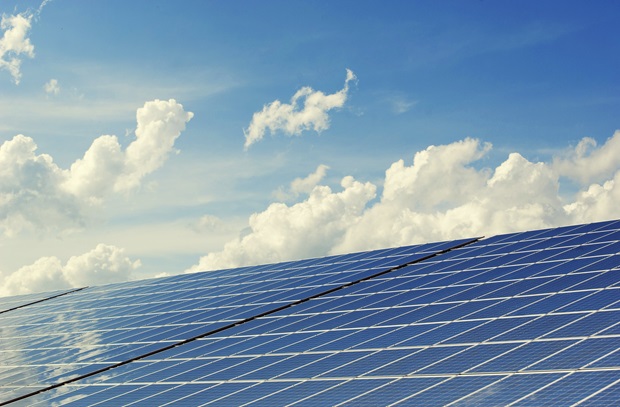The Philippines Department of Energy (DOE) has now issued a fresh list of solar energy project installers in the country. As per the latest solar energy installers registry list, the country’s energy department listed around 49 solar installers eligible to install solar projects in the South Asian country.
The list includes region-wise names and details of the companies involved in these services. Some of the companies featured in the list included–Smart Power, Solarised Incorporated, Green Energy Development Corporation, and others. These listed green firms operate in different regions of the Island country, like Leyte, Oro City, Loon, and Bataan, among others.
The Philippines solar energy market is estimated to install 1,700 Megawatts (MW) by the end of this year. It is also projected to reach 5,229.62 MW in the next five years, registering a CAGR of over 25.2% during the forecast period.
The Philippines is set to leapfrog Vietnam as Southeast Asia’s leading renewable energy producer. With its aggressive project developments in the pipeline, it is likely to result in a 15-fold combined solar and wind power boost by 2030.
The Philippines currently ranks a distant second in the region in combined solar and wind power generation, with 1,766 megawatts (MW) of installed capacity, compared with 12,379 MW in Vietnam, data from Global Energy Monitor (GEM) shows.
By 2030, however, the Philippines is expected to add 17,809 MW of solar capacity and 7,856 MW of wind power to emerge as the top green power producer in Southeast Asia, one of the world’s fastest-growing economic regions.
Firms from other countries are also expected to look for opportunities in the Philippines, which has “excellent resource potential and a strong financing environment, with public and private sector interest in renewables investment,” according to the International Renewable Energy Agency (IRENA.)
Previously, strict ownership rules limited foreign participation in the Philippines’ energy sector to a handful of oil and gas majors.
Most of the swell in solar capacity already planned is set to emerge in 2025 and 2027, while the expansion in wind capacity is set to come nearer the end of the decade, GEM data shows.

